Perfect Every time Pie Crust Recipe | Traditional Favorite
When the mornings turn crisp and the trees begin to change, thoughts drift to cozy fall dinners and desserts. A flaky pie crust recipe instantly comes to mind, perfect for a hearty chicken pot pie or an apple pie made with fruit ripening in the orchard.
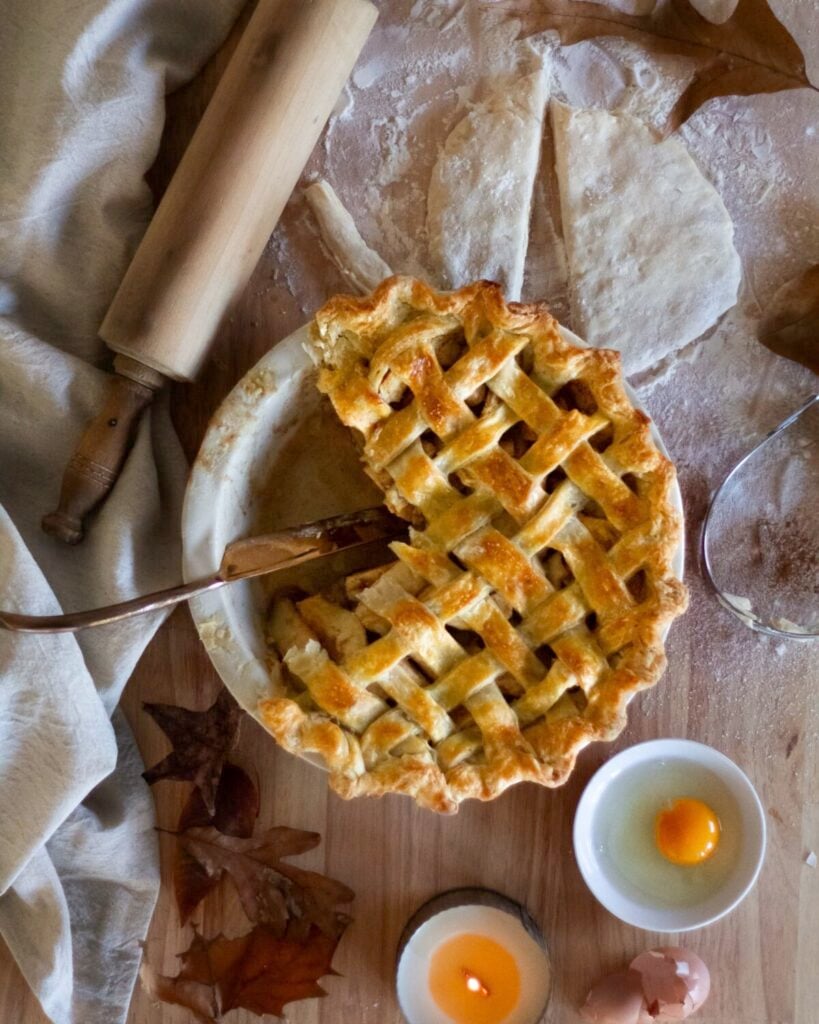
As I walk out to the barnyard, ready for morning chores, my mouth waters at the thought of a warm, flaky-crusted dinner. Strolling below the treetops glowing crimson and scarlet, I breathe in deeply, excited for the meal I'll make tonight.
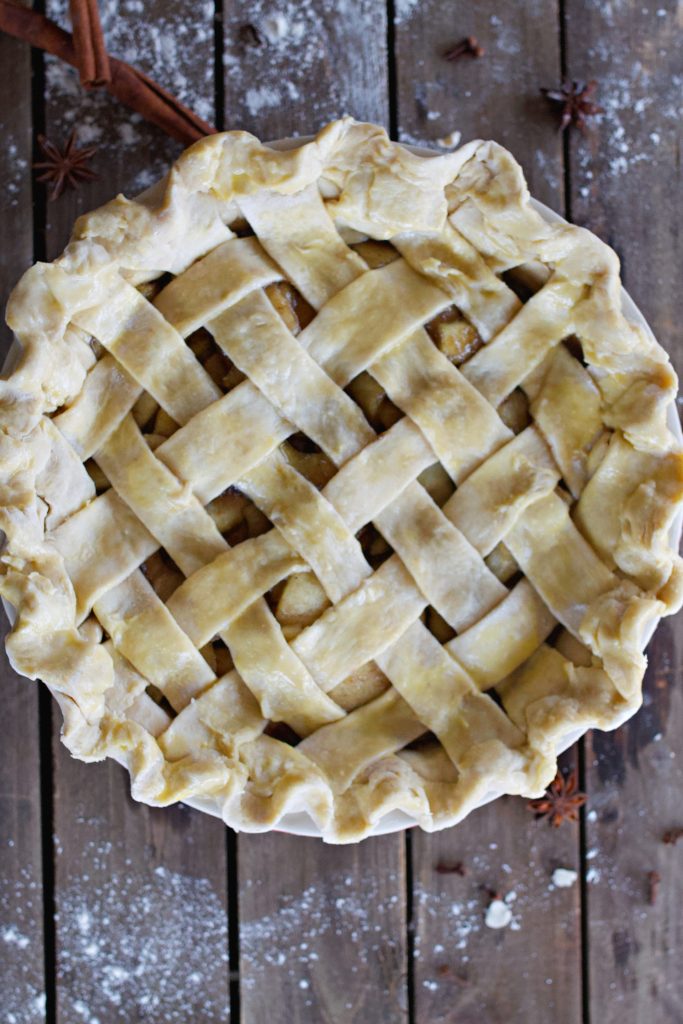
This traditional buttery crust is made with cold butter, ice water, and a handful of simple ingredients. This treasured recipe from has been passed down for over 100+ years for a reason. It's become my forever favorite, and I've never looked back.
The Best Pie Crust Starts With Simple Ingredients
Making your own homemade pie crust doesn't have to be intimidating. This easy pie crust recipe calls for just a few ingredients: flour, salt, cold butter, and ice-cold water. These simple ingredients work together to create a perfectly flaky homemade pie crust every time.
The key to a good pie crust lies in keeping everything as cold as possible. The butter needs to be frozen and diced chilled before incorporating it into the flour, and the ice water is essential to hold the crumbly dough together. This process is what creates the beautiful layers in the flaky pie crust that makes your homemade pies stand out. With a little water and careful handling, you'll have a great pie crust every time.
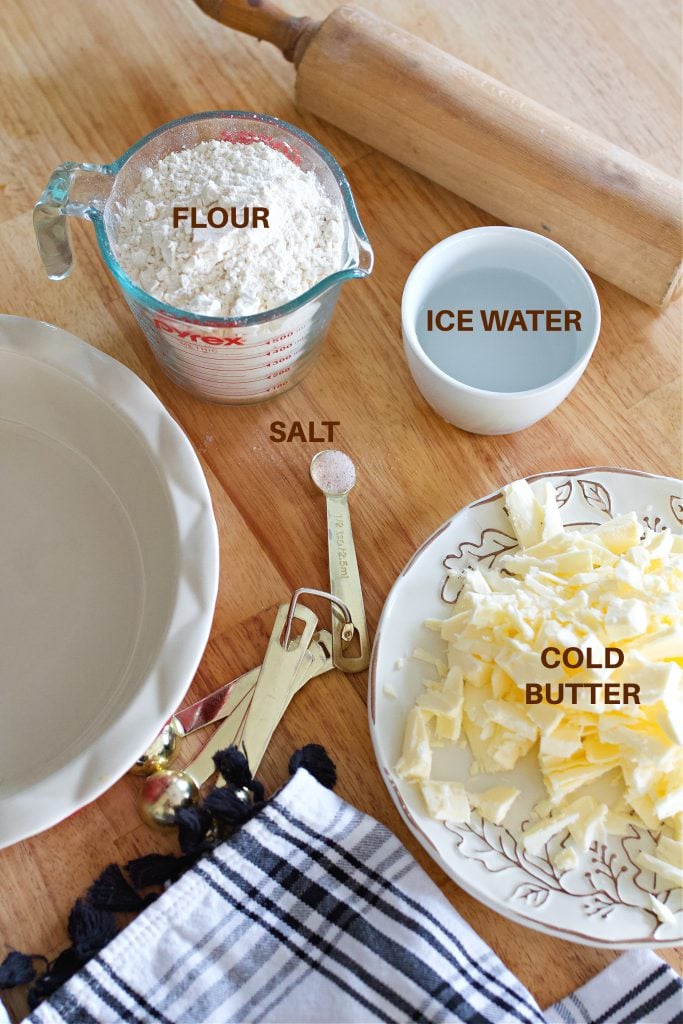
And if you need a delicious filling, make sure to check out my Canned Cherry Pie Filling and/or my Classic Apple Pie Canned Filling.
Why I Choose Butter Over Shortening - The Dirty Truth
Trans Fats and Heart Health
Crisco, which was introduced in 1911, quickly overtook butter as a go-to fat in American kitchens. This was partly due to its longer shelf life and cheaper price. But the convenience came with some less-than-ideal health impacts. Here are some scary facts about Crisco and why it's best to avoid it in baking:
When Crisco first hit the market, it was made using partially hydrogenated oils, which are packed with trans fats. These artificial trans fats raise bad cholesterol (LDL) and lower good cholesterol (HDL), contributing to heart disease. In fact, trans fats are so harmful that the FDA declared them not safe for consumption in 2015, and they have since been phased out of most products.
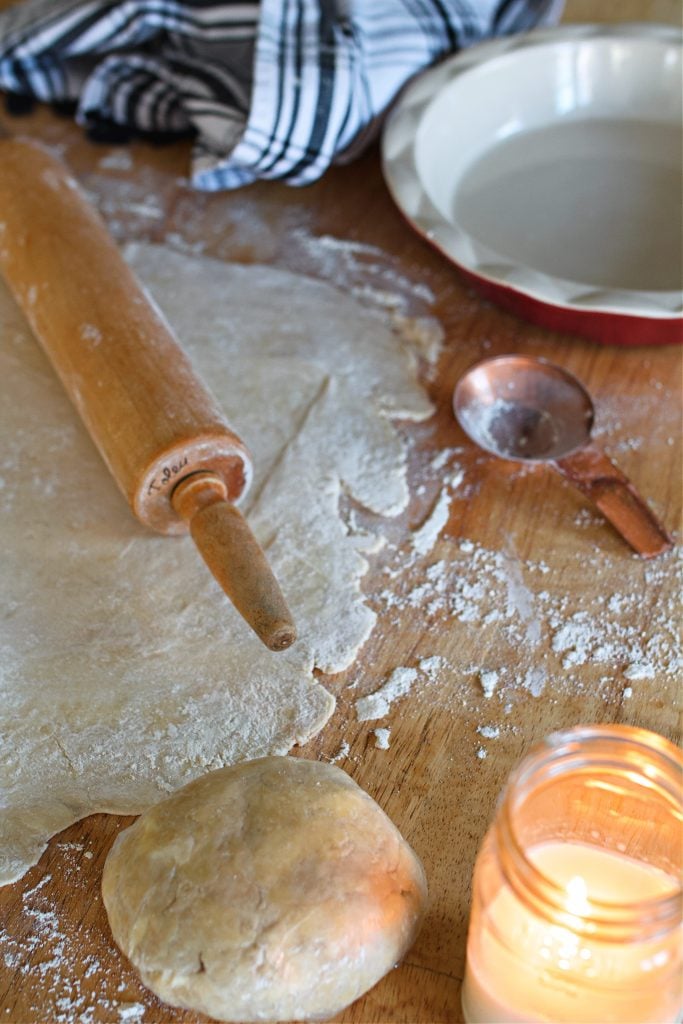
Oils of Questionable Quality
Even after removing trans fats, Crisco is still made from highly processed oils like soybean and palm oil. These oils go through extensive chemical processing, including bleaching and deodorizing, stripping them of any natural nutrients while leaving behind chemical residues. This heavily processed nature makes it a far cry from natural fats like butter or lard, which have been traditionally used in baking for centuries.
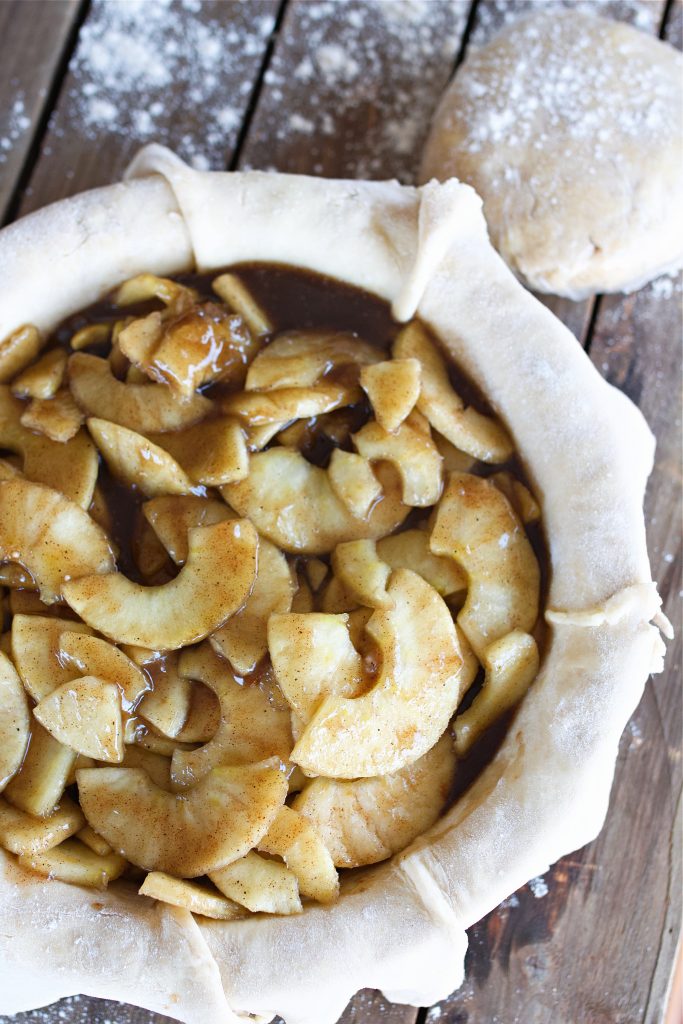
Why It Shouldn't Have Replaced Butter
Butter is a natural, nutrient-dense fat, rich in vitamins A, D, E, and K. It contains short- and medium-chain fatty acids that can actually boost metabolism and support brain health. Crisco, on the other hand, is a processed product created through industrial means and stripped of any nutritional value. The switch from butter to Crisco was not based on health benefits but largely on corporate interests and profitability.
In baking, Crisco might give a certain texture, but it's not worth the trade-off for your health. The richness and flavor of butter, along with its health benefits, far surpass any convenience Crisco offers.
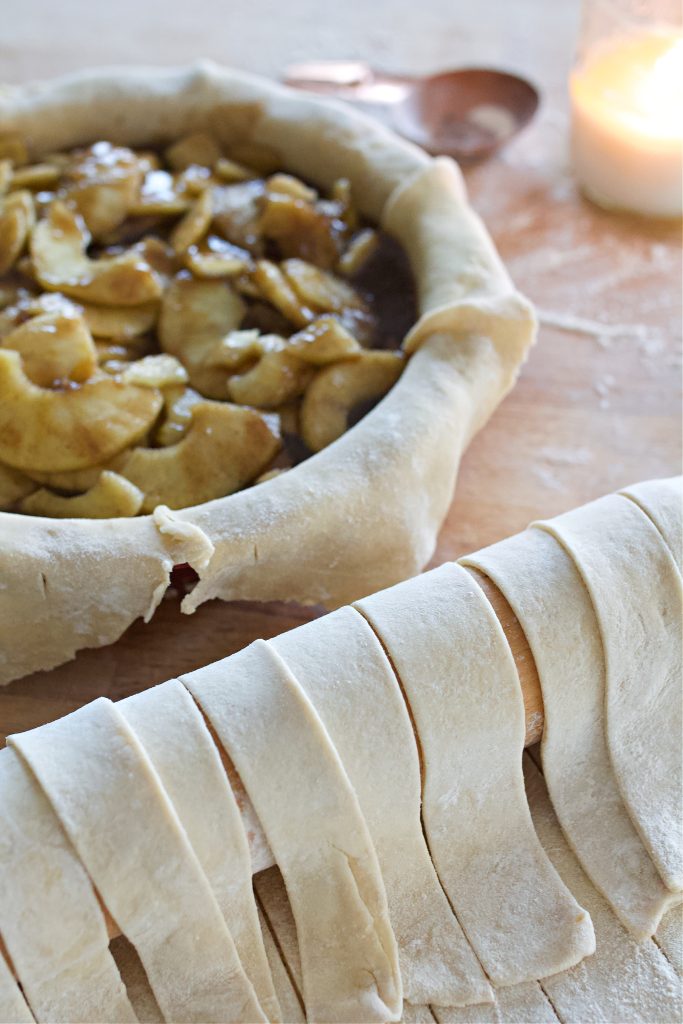
Blind Baking for the Best Results
For pies that need a pre-baked crust, like pecan pie or custard pies, I always blind bake my crust. This involves covering the bottom of the crust with parchment paper, filling it with dried beans or pie weights, and baking it for 10-12 minutes. This technique ensures that the bottom crust stays perfectly in place and prevents it from becoming soggy when you add your filling.
To blind bake, roll your pie crust dough out on a lightly floured surface, and carefully transfer it into a 9-inch pie plate or pie tin. Use a rolling pin to help guide the dough into the pie pan. Gently press the dough into the bottom and sides of the pan, ensuring there's enough dough hanging over the edges. After placing parchment and beans, bake the bottom of the crust on a baking sheet for about 12 minutes. Remove the weights and parchment, and bake for an additional 5 minutes until lightly golden.
This method ensures that your pie crust bakes evenly, giving you a crisp, sturdy pre-baked pie crust that will perfectly hold your pie filling, whether you're making cherry pie, apple pie, or even a savory chicken pot pie.

Tips for the Perfect Crust
Cold Butter is Key to this Pie Crust Recipe: I chill it in the freezer and the use a sharp knife to cut it which makes break into tiny pieces. This step is essential to achieving that flaky homemade pie crust we all crave.
Use a Pastry Blender: To get those perfect pea-sized pieces of butter in your dough, use a pastry blender or two forks to cut the butter into the flour. You can also use the bowl of a food processor for quick and even mixing.
Ice Water: Gradually add the ice water a tablespoon at a time until the dough just comes together. You want the dough to be a little crumbly, but not too dry. If you add too much water, it will become tough, and if you don't add enough, it will crack when you roll it out.
Chill the Dough: After shaping the dough into a disk, wrap it tightly in plastic wrap and chill it in the fridge for at least an hour, four is best, but you can keep it in the fridge for up to 4 days. This resting period helps relax the gluten, making it easier to roll out.
Lightly Floured Surface: When rolling out the dough, make sure your work surface is lightly floured. You don't want to add too much flour, or it will toughen the crust.
Top Crusts for Double-Crust Pies: If you're making a double-crust pie, like a delicious cherry pie or a classic apple pie, don't forget to add an egg wash to the top crust to give it a beautiful golden finish. You can also sprinkle a little sugar on top for a sweet, crunchy texture.
Bake on a Baking Sheet: When baking, I always place my pie on a baking sheet covered with parchment paper to catch any spills from bubbling pie fillings. It makes for easy cleanup!

Rolling and Shaping the Dough
Roll the chilled pie crust recipe dough on a clean work surface, using a rolling pin to flatten it to about ⅛ inch thickness. You'll want to work quickly to keep the dough cold but avoid overworking it to prevent it from becoming tough. Once the dough is rolled out, carefully transfer it to your pie pan, trimming the edges and crimping them as desired. If you're making a double-crust pie, save enough dough for the top crust and roll it out to the same thickness.
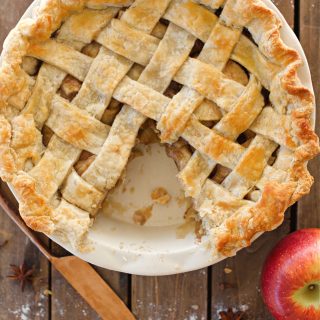
Traditional Flaky Pie Crust
Ingredients
- 2 ½ cups all-purpose flour - 312 g
- ½ teaspoon salt - 3 g
- 1 cup cold unsalted butter - 227 g diced and chilled
- ½ cup ice-cold water - 120 g or as needed
Instructions
- Mix dry ingredients: In a large mixing bowl, whisk together the flour and salt.
- Cut in the butter: Add the chilled butter to the flour mixture. Using a pastry blender or two forks, cut the butter into the flour until you have pea-sized pieces.
- Add water: Slowly add the ice-cold water, 1 tablespoon at a time, mixing with a fork until the dough begins to come together. Be careful not to add too much water; the dough should be slightly crumbly but hold together when pressed.
- Chill the dough: Form the dough into a disk, wrap it in plastic wrap, and refrigerate for at least 1 hour.
- Roll out the dough: On a lightly floured surface, roll out the dough to about ⅛ inch thick. Use a rolling pin to help transfer the dough to your pie pan.
- Blind bake (if needed): For pies like pecan pie or custard pies, blind bake the bottom crust by placing parchment paper over the dough, filling it with dried beans, and baking at 375°F (190°C) for 12 minutes. Remove the weights and parchment, and bake for another 5 minutes until the crust is golden
Notes
Nutrition
Make sure to tag me over on Instagram with your beautiful pies! I want to see!
Here are some tasty ideas to make the most of those leftover pie crust recipe scraps:
- Cinnamon Sugar Crisps
Roll out the scraps on a cookie sheet, brush with melted butter, then sprinkle generously with sugar and cinnamon. Bake at 375°F (190°C) for 8-10 minutes or until golden brown. These crispy bites make a delicious snack or a perfect pie-making treat! - Mini Jam Tarts
Gather the scraps and roll them out, then cut them into small circles or squares. Place a teaspoon of jam in the center of each, fold the edges slightly, and bake until golden. These make adorable, bite-sized tarts that are great with coffee or tea. - Cheesy Pie Crackers
Roll out the scraps, brush lightly with butter, and sprinkle with grated Parmesan or cheddar cheese. Add a pinch of salt, and a dash of paprika. Bake until crisp for savory crackers that are perfect for soups or salads. - Pie Crust Cookies
Use small cookie cutters to make shapes out of the scraps. Place them on a baking sheet, brush with a little milk or egg wash. Sprinkle with colored sugar or cinnamon. Bake until golden for a festive little treat that can be enjoyed on their own or as an ice cream topping. - Nutty Bites
Roll out the dough scraps, brush with melted butter, and sprinkle with chopped nuts and a drizzle of honey. Finish off with a dash of cinnamon. Bake until golden, then break into pieces for a sweet, nutty snack. - Pie Crust Dippers
Roll the scraps out and cut them into strips. Bake until golden, then serve as dippers for pudding, chocolate fondue, or even fruit salsa for a fun twist on dessert!
These ideas are a great way to enjoy every bit of that delicious dough!

You may also enjoy:
These mouth watering pop tarts
Meet Eryn
Eryn Whalen is a homestead blogger and recipe developer with a lifetime of hands-on experience in gardening, home canning, animal husbandry, and traditional kitchen skills. From preserving homegrown harvests to baking sourdough from scratch, she shares her family's journey of intentional living on their 100-acre Tennessee farmstead. Recently, Eryn has expanded her homesteading life to include caring for a family milk cow, sharing the learning process and daily joys of small-scale dairying. Read more about Eryn here.
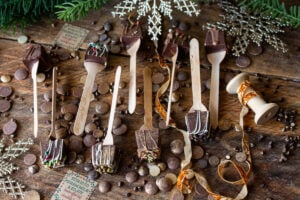




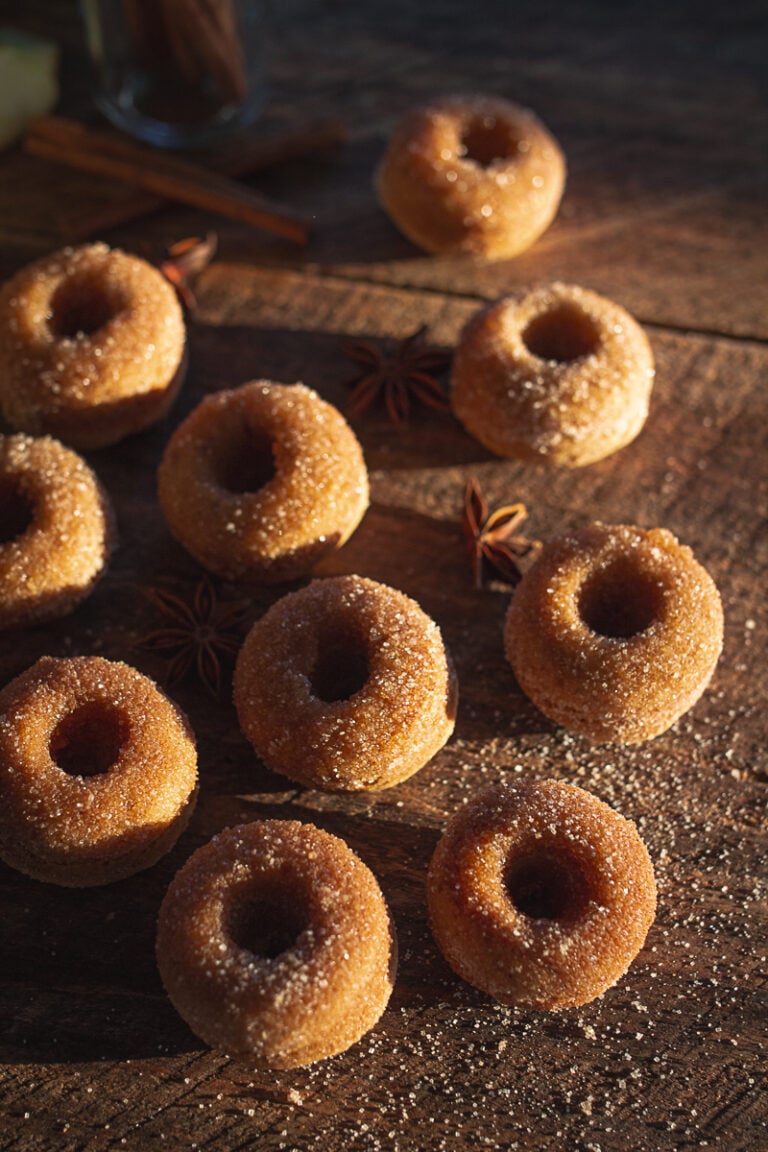

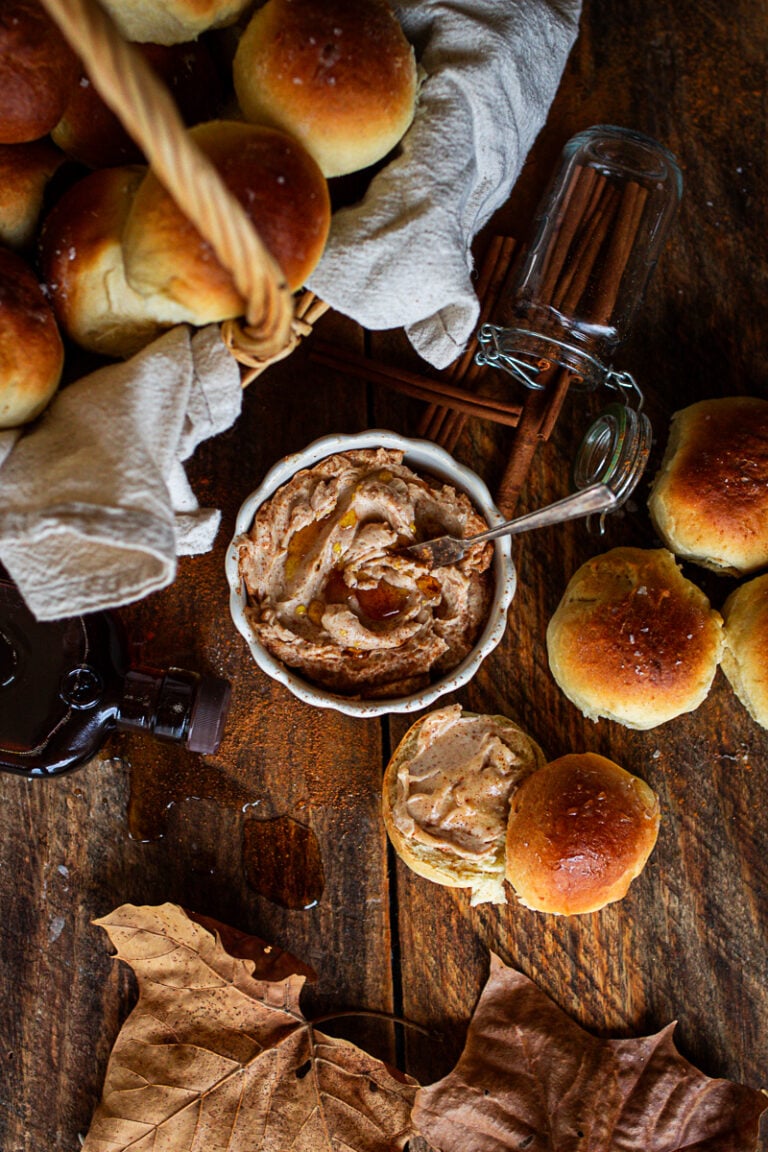


This is my forever pie crust recipe, it’s never let me down! It bakes up perfectly flaky every time, whether I’m making a sweet pie or a savory pot pie. I love how simple it is, using just real butter, flour, and water. Nothing fancy, just pure homemade goodness. There’s something so comforting about the smell of buttery pie crust baking on a cool fall day.